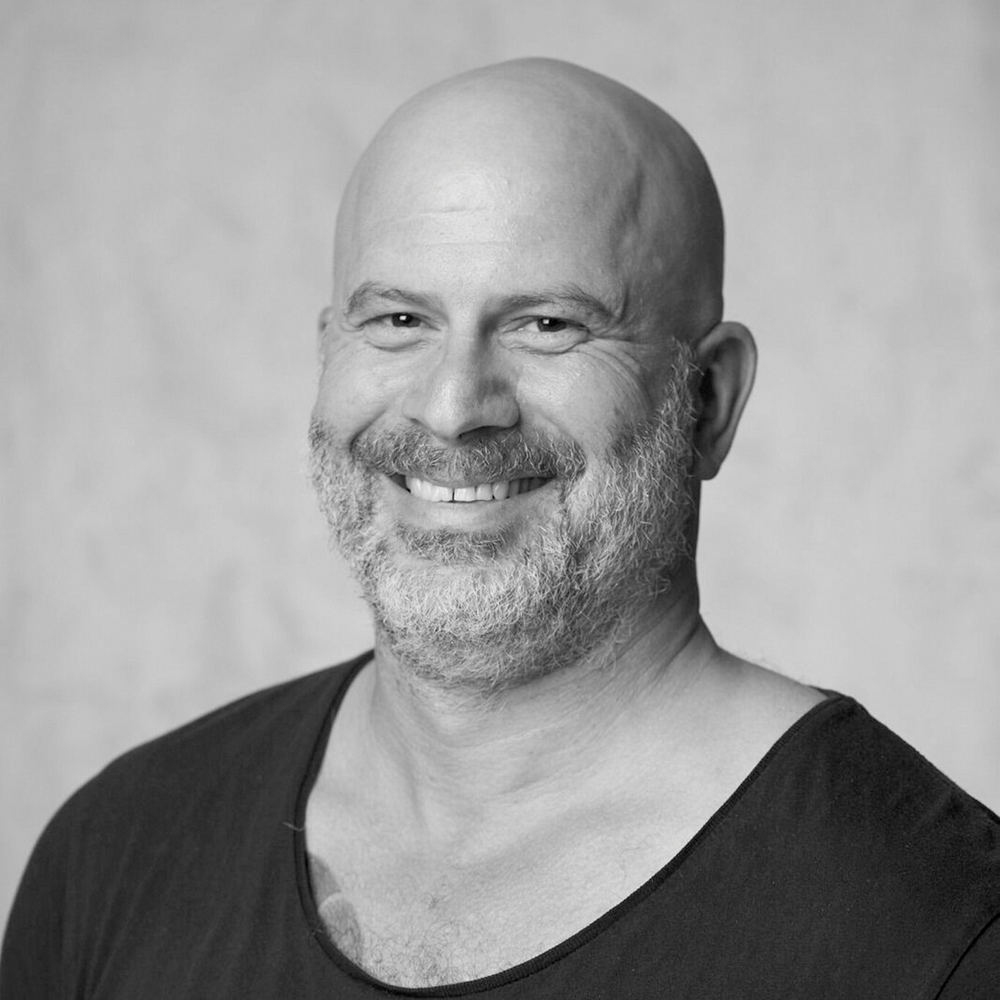Teo Treloar
Austinmer, New South Wales
2019
Displayed 2019 at Museum of Contemporary Art Australia

Teo Treloar
Born 1974, Sydney. Lives and works Austinmer, New South Wales
For the past decade, Teo Treloar has focused on the development of his intensive drawing practice, which continually tests the discipline’s behavioural and emotional limits, examining the possibilities of minute gesture and trace. Much of his work is about the act of mark-making itself, however his drawings also explore themes of masculinity and melancholy. Treloar’s works often explore speculative narratives, and are serial in nature, expanding a single idea or image through various permutations that relate to a psychological progression and the way thoughts can be tuned over and over in the mind.
Artist text
by Dominic Kavanagh
I’m in a fragile state of mind. (1)
When you first look at Teo Treloar’s series The Black Captain (2018), the drawings appear to have been made on a computer, each a generated matrix of infinitesimal markings. But the closer you get, the more you see, each scratch of the pencil clarifies itself, revealing the ferocious intensity of the artist’s practice. You can see the effort of Treloar’s mark-making in his drawings and the sheer physicality of his works.
Teo is a big bloke. Huge shoulders you can imagine hunched over in a boxer’s crouch, and big hands, seemingly ready to break something or someone, a stark contrast to the precise intimacy of his drawings. I remember the first time I met Teo, he was my life-drawing teacher at Sydney College of the Arts (SCA). Big beard, big tattoos, big hands, he was going to teach me how to draw.
I’d gone to SCA after staying in bed until I failed my first degree. Teo has channelled his own struggles with mental health into his practice, creating a kind of meditative notebook, which became a record of self and a self-contained philosophy.
One of the first things Teo showed us in that class was his notebook, a rough-hewn patchwork of notepads that he’d sewn together. He wanted the class to know drawing, and being good at drawing wasn’t about reproducing an image but about getting something down. For Teo, drawing was, and always will be, about the act of mark-making.
In The Black Captain series, a single male figure is repeated over and over. Treloar says these usually faceless figures were inspired structurally by both Kafka and 1950s clothing catalogues. Treloar’s obsession with Josef K., the protagonist in The Trial, imbues the figures with all the uncertainty and tension of the novel. The men in their starched white shirts could be Teo or you, anyone who can relate to the unanchored planes of the series, adrift in a black void.
At the edge of his graphite reveries, Treloar leaves inscriptions, most often ‘The Melencolia Reprise’, a reference to one of Albrecht Dürer’s master engravings, Melencolia I (1514), the Northern Renaissance artist’s ‘spiritual self-portrait’. (2) It reiterates the myth of the tormented male artist as genius. In the work, the figure of Melancholy sits surrounded by the tools of artistic creation without the desire to make use of them and create. Treloar has taken the polygonal prism within the work and used it as a cipher for his own melancholy.
Treloar’s notebook and his broader drawing practice act to salve his struggles with mental health. But his own view of these issues aligns more closely with comedian Hannah Gadsby’s (3) than with Dürer’s – his work arises despite those demons, not as a result of them.
Notes
(1) Teo Treloar plays guitar in the band Golden Fang. ‘Fragile State of Mind’ is from their sophomore release Lucky Money Sunshine (2018).
(2) Erwin Panofksy, The Life and Art of Albrecht Dürer, Princeton University Press, NJ, 1955, p.171.
(3) Hannah Gadsby released her Netflix special Nanette in 2018: ‘Gadsby is interested in deconstructing the narratives that make our heroes – including artists and comedians – into hollow archetypes, from the starving, depressed creative to the tortured, virile genius’, from Julia Halperin, ‘Is Hannah Gadsby, the comedian behind Netflix’s viral stand-up special, today’s most vital art critic?’, artnet, 16 July 2018, https://news.artnet.com/opinion/netflix-hannah-gadsby-1318442.
